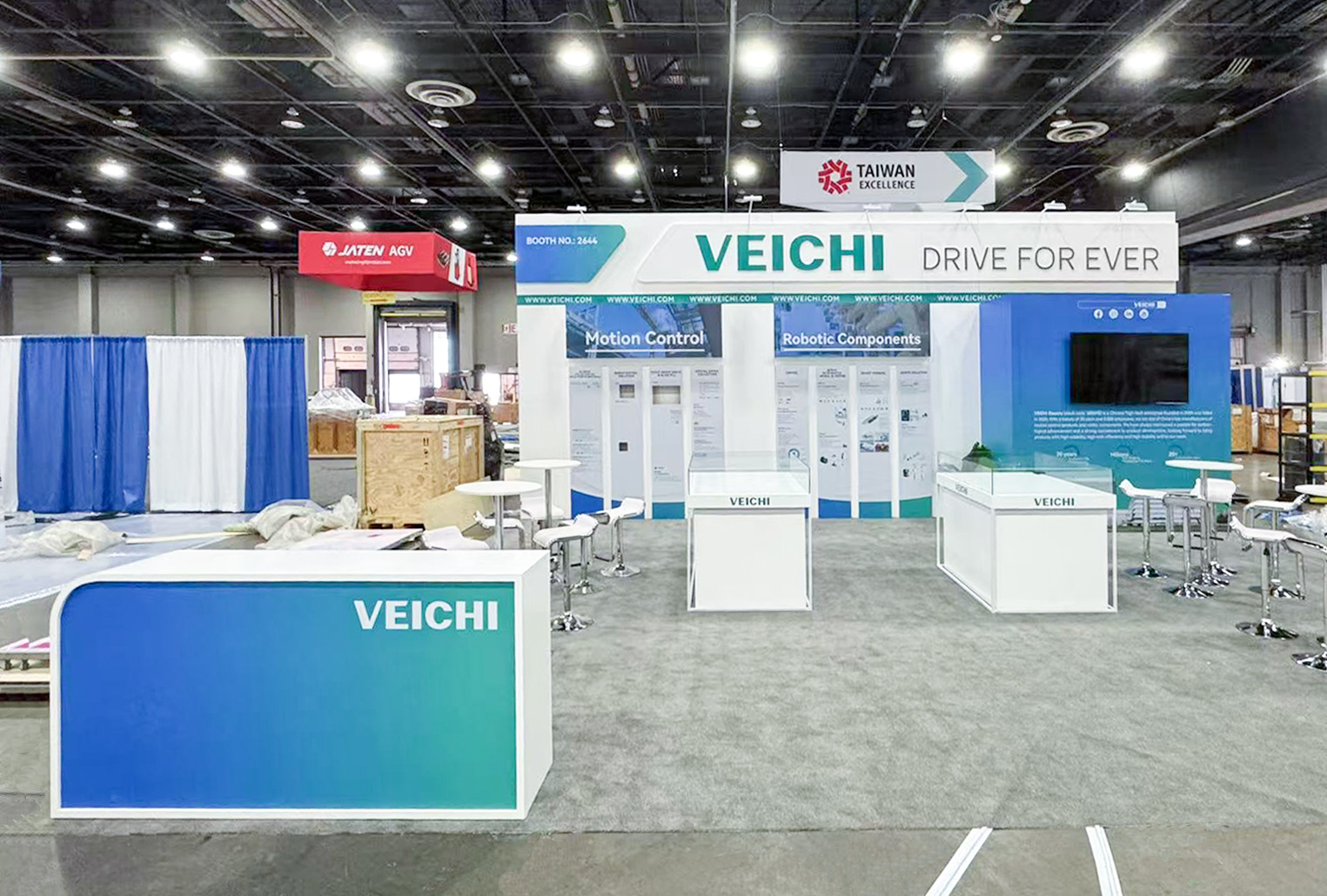Build a 100000 square meter exhibition hall in 3 days! How hardcore is the 'black technology' of American exhibition construction companies
In the highly competitive international exhibition market, American exhibition construction companies have achieved rapid construction of large-scale exhibition halls through a series of innovative technologies and efficient management capabilities. Many exhibitions often only take 3 days to build exhibition halls, and for American exhibition construction companies, they face numerous adjustments. Taking "completing a 100000 square meter exhibition hall in 3 days" as an example, the "hardcore technology" behind it can be broken down into the following five core elements:

1. Modular design and prefabrication system: zero error "Lego style" assembly
American companies use modular aluminum frame systems (such as SYMA architecture) to achieve rapid assembly through standardized components. All structural components are prefabricated in the factory in advance, and after transportation to the site, they only need to be spliced according to the code, with the assistance of automated robotic arms for installation, which improves the efficiency by 200% compared to traditional construction. Omaten Exhibition Company has developed modular combination modules, greatly improving the efficiency of booth construction.
2. Digital twin and intelligent construction: seamless connection from design to implementation
Parameterized design tool: Using AutoCAD+Unity engine for real-time rendering, designers can generate constructible 3D models within 24 hours and use virtual reality (VR) to allow customers to "enter" the exhibition hall in advance, reducing the time required for scheme modification.
3D printing of irregular structures: For complex components such as curved exhibition walls and customized exhibition booths, they can be directly produced through industrial grade 3D printers, saving traditional carpenters 90% of their time. According to 2024 data, the proportion of 3D printed components by top US companies has exceeded 27%.
AI scheduling system: Optimize the construction process through algorithms and allocate manpower and equipment resources in real-time. For example, the CES exhibition hall in Las Vegas once utilized AI scheduling to increase the collaborative efficiency of 2000 workers by 40% and avoid process conflicts.
3. Logistics black technology: RFID and drone precise control
RFID tracking technology: All exhibits are embedded with RF chips to monitor transportation routes and inventory status in real-time. During construction, workers use handheld devices to scan and locate, enabling 98.5% of the exhibition equipment to be accurately retrieved within 1 hour.
Drone mapping and transportation: Large exhibition halls use drone swarms for site mapping, generating high-precision point cloud models; At the same time, heavy-duty drones are responsible for lifting high-altitude components, replacing traditional scaffolding operations, reducing safety risks and speeding up by 60%.
4. Environmental Protection Material Revolution: From "Disposable Consumption" to "Circular Economy"
To meet the demand for rapid construction, American companies have developed lightweight composite panels (such as carbon fiber reinforced plastic) and foldable displays, which reduce weight by 70% and support more than 10 cycles of use. For example, a leading enterprise has adopted a "carbon neutral booth" program, using recycled materials made from recycled plastic bottles, which not only meets ESG standards but also shortens on-site processing time.
5. Full chain collaboration: from "crowd tactics" to "super teams"
Cross time zone collaborative network: relying on global prefabrication centers (such as Southeast Asia and Middle East factories), 24-hour shift production is achieved to ensure zero delay in material supply.
Professional team division of labor: The design, construction, and quality inspection teams adopt a "bee colony" collaboration mode, with each link being handled by a dedicated team, and real-time data is shared through AR glasses to avoid information gaps.
6. Challenge and controversy: hidden concerns behind speed
Despite significant technological innovations, there is still controversy in the industry over the "3-day myth":
High cost: The initial investment in modular systems and 3D printing can reach three times that of traditional models, which is difficult for small and medium-sized enterprises to afford;
Creative homogenization: Prefabricated components may lead to a convergence in booth design, weakening brand uniqueness;
Labor rights: Rapid construction relies on high-intensity operations, and some companies have been exposed for violating working hour regulations.
7. Future Trends: From "Physical Space" to "Metaverse Fusion"
American companies have begun exploring the next generation of exhibition halls that combine virtual and real elements:
Mixed reality tour: Through Microsoft HoloLens 2, visitors can experience both physical exhibition booths and virtual extended content simultaneously, increasing the amount of interactive data collected for a single booth by 400%;
Blockchain traceability: Utilizing NFT technology to record the lifecycle of exhibition equipment and achieve carbon footprint transparency.
Norder International Exhibition provides professional booth construction, booth design, and exhibition consulting services